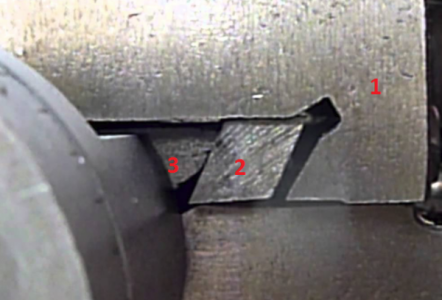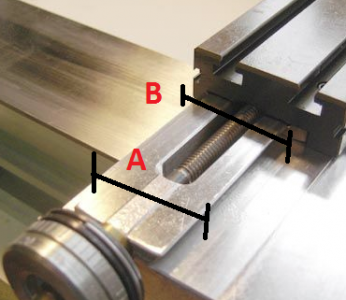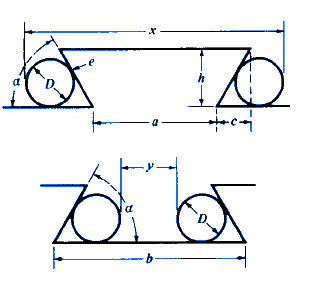- Joined
- Jul 2, 2014
- Messages
- 7,594
stioc, I will add to the list and pile on that the first thing to do with that lathe is to check the dovetails, on the cross slide and on the carriage, using dowel pins that fit approximately half way into the working surfaces. They need to measure parallel over their entire lengths. This also tests the gib at the same time, which needs to be put in place for the testing. The gib can be carefully straightened by pushing it measured distances and noting the results. A gib with spring in it is a problem unless the gap is tiny.I'm hopeful that if I sand down the back part of the gib strip the problem will be fixed. Not sure hand sanding will work or if there's a better way to do it. May be if I mount the strip on the mill using an angle plate or something and then running a drum sander disc across it. Or lay it flat on the table using mitee bites or something and then use an endmill/cutter to skim the surface.
But if I do need to make the dove tails parallel I'm guessing the easiest way for me would be to do it on my mill using a dove tail cutter. Question is what size/angle cutter will I need, is there a fairly standard size that's used by these smaller lathes?
Edit: also make sure the gib is being held lengthwise, so it does not slide and jam the gap.




